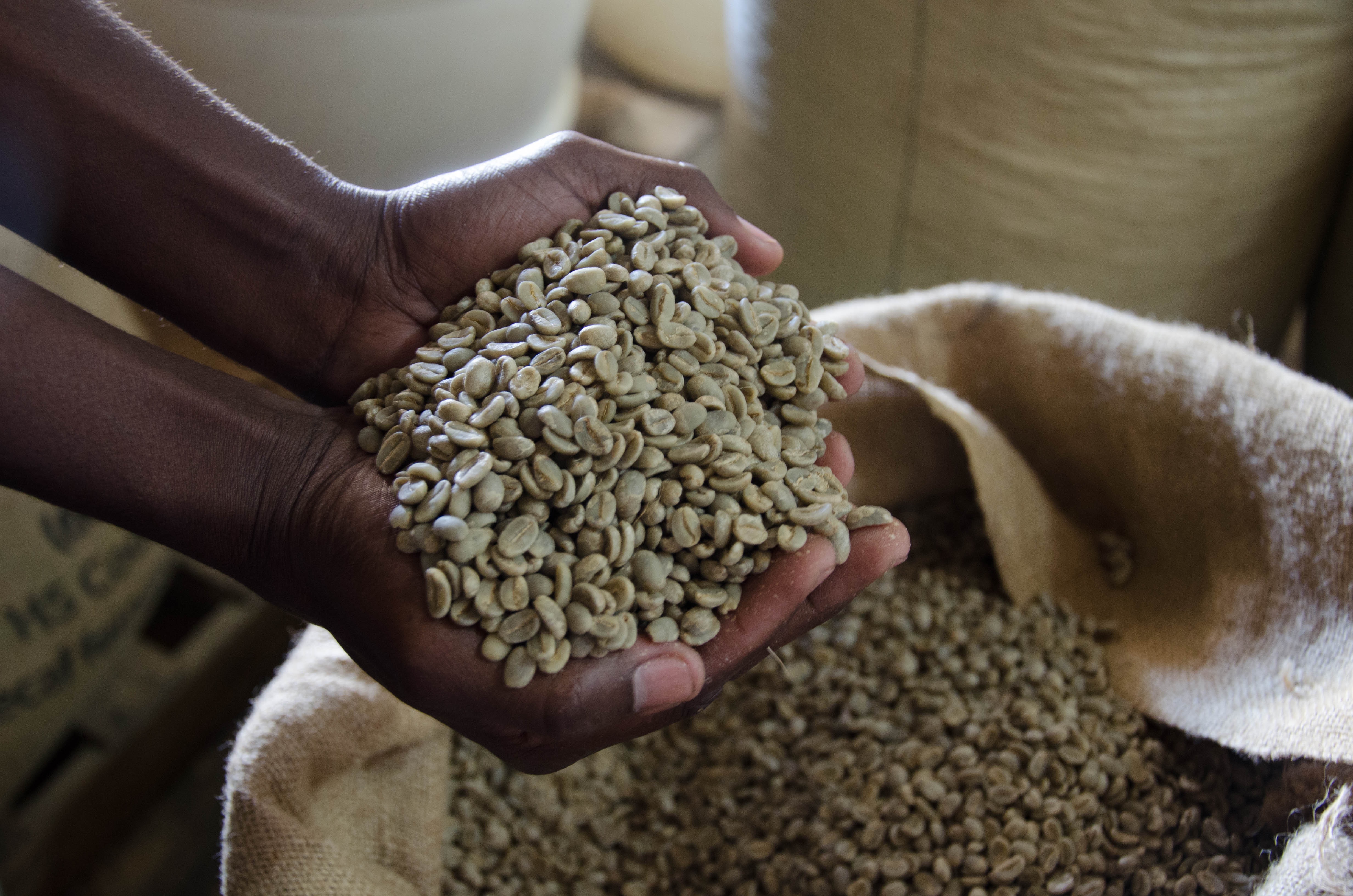Rolling hills rising above the clouds look more like Tuscany rather than mountain tops in Haiti. The air is cool and crisp at nearly 2,000 meters. The pine forest quietly whistles as the wind makes the trees bow and wave gently to passers by.
Some men wear flannel shirts and beanies, surely not traditional Carribean attire. And for a moment you wonder where you are. You are in Haiti, a volatile and dangerous land filled with people who have suffered turmoil and aggression from dictators for generations, while quietly struggling in poverty. There isn’t really an “industry” of coffee here per se, as coffee exports have declined roughly 95% from it’s heyday in coffee exports.
There are no large scale farms, only small farmers with a few hectares each working with local cooperatives and a few coffee mills.
It’s difficult to believe Haiti used to produce and ship 50% of the coffee consumed worldwide when George Washington was President. The decline happened speedily and steadily starting in the early 1800s. A series of dramatic events has destroyed the infrastructure necessary for volume production. The slaughter and departure of French plantation owners with their knowledge and leadership. The American occupation 100 years ago. The string of violent and oppressive dictators followed by the trade embargo, sanctions which placed the nails in coffins of the Haitian coffee trade.
For those who know Haiti, the times we live in today are called the “golden age” of Haiti. Nobody is sure if it will last or if another dictator will come to power and the world will once again close the doors on Haitians and the products they produce.
Although Haitians love coffee, and they drink more coffee internally per capita than any other coffee growing nation in the world, farmers steadily began to cut down their coffee plants. They sold them for charcoal, and planted crops they could eat. However a handful of farmers still remain.
Their passion for coffee is reflected in their resilience, maybe even defiance, to continue growing coffee in the face of incredible obstacles. They are connected to their ancestors by carrying on traditions and practices of growing and processing coffee learned from generations long gone. They hear stories of their liberty being purchased from France in 1804, financed primarily by the sale of coffee. Haiti was the first black country in the world to become an independent nation. There is much more to this story than specialty coffee being developed through the practices taught by Westerners. Haitian farmers have been growing, providing and drinking specialty coffee for hundreds of years.
The beauty of it all remains. Pesticides cannot be afforded so farmers grow coffee organically. Plants modified to grow in full sun were never imported and used primarily because Haiti has been viewed as impossible to produce coffee in volume. It is a blessing that modern volume production passed by Haiti for countries like Brazil.
In Haiti, coffee is shade grown in “Creole Gardens” where plants are protected by a canopy of nature that fertilizes through natural decomposition processes. Plants are cared for on an individual basis, touched by the loving hands of their farmers. Due to the scarcity of water, over 90% of coffee grown is dry processed as naturals. Wet processed Haitian coffee is excessively rare.
It is evident that the coffee industry will never return in force to Haiti. There are no roads that can handle the transport, low access to water for processing, local loan sharks who keep people bound, and a corrupt government that would prefer to export poverty and receive handouts from the UN rather than invest in economic development and export fine coffee.



